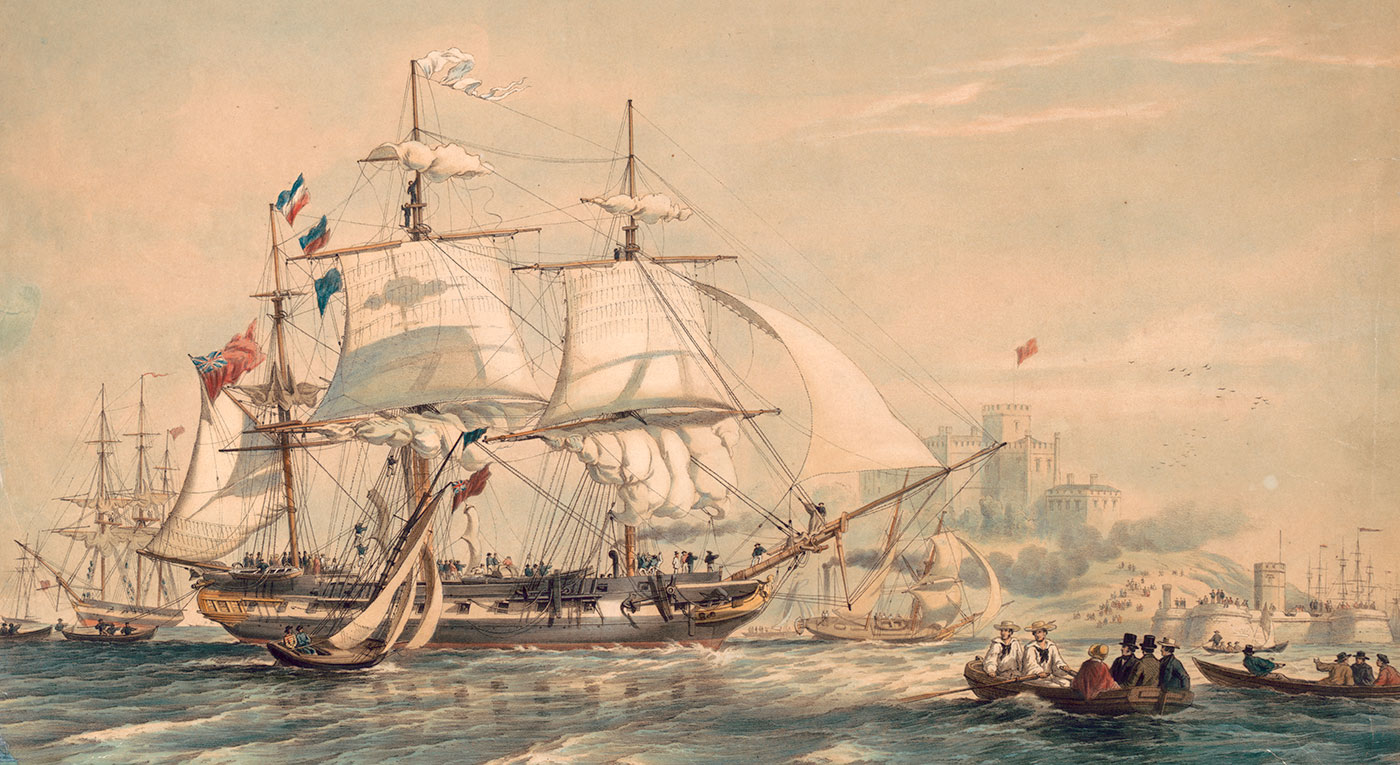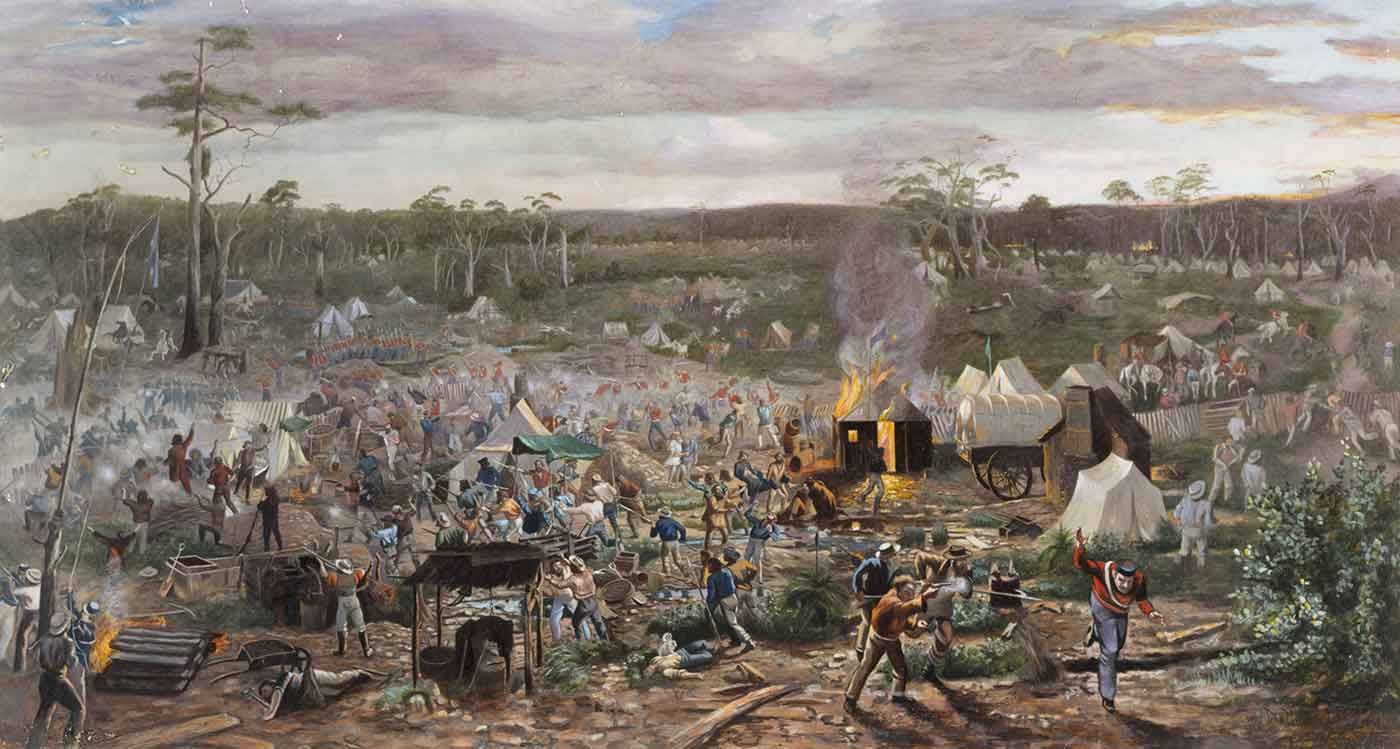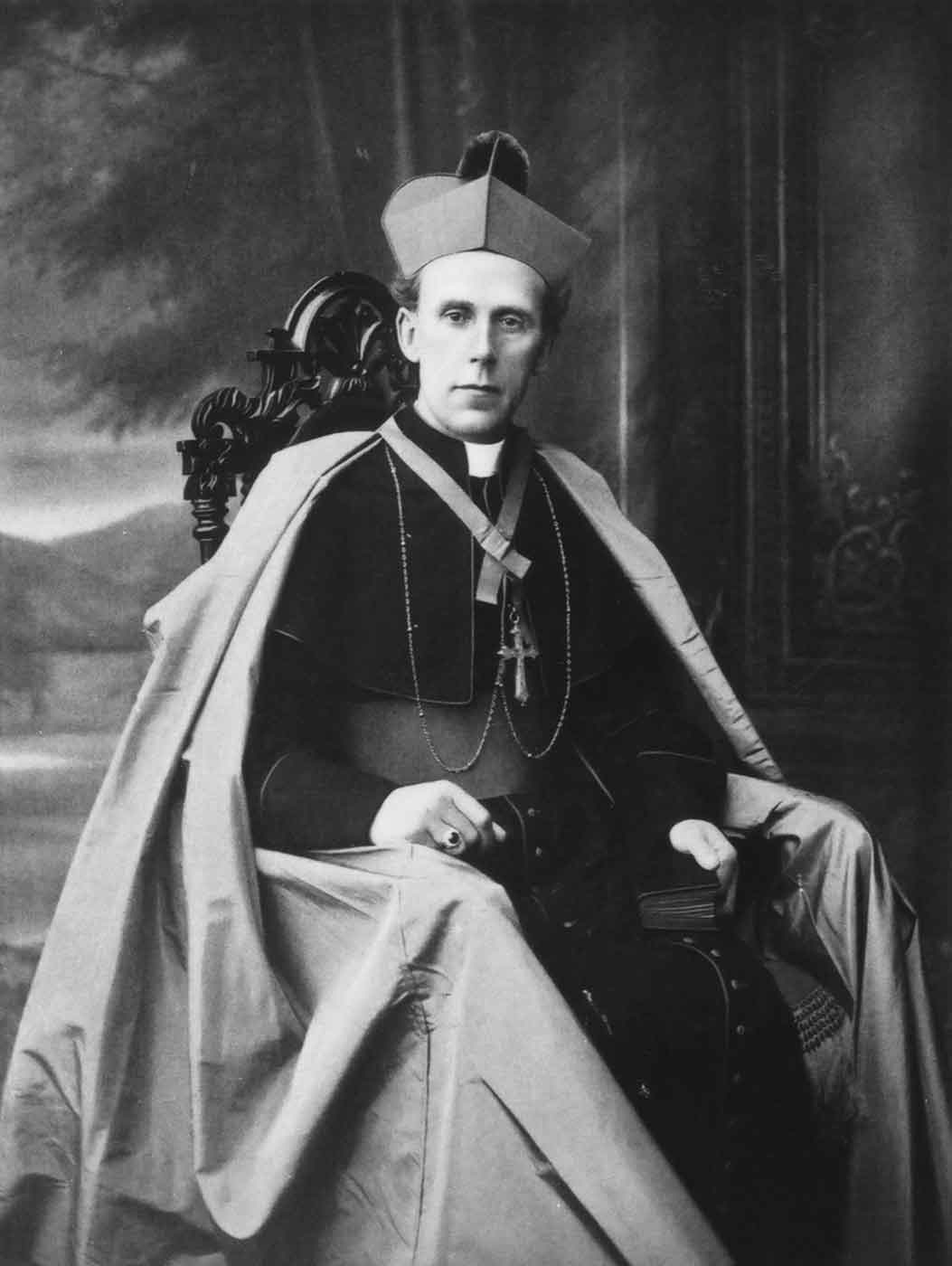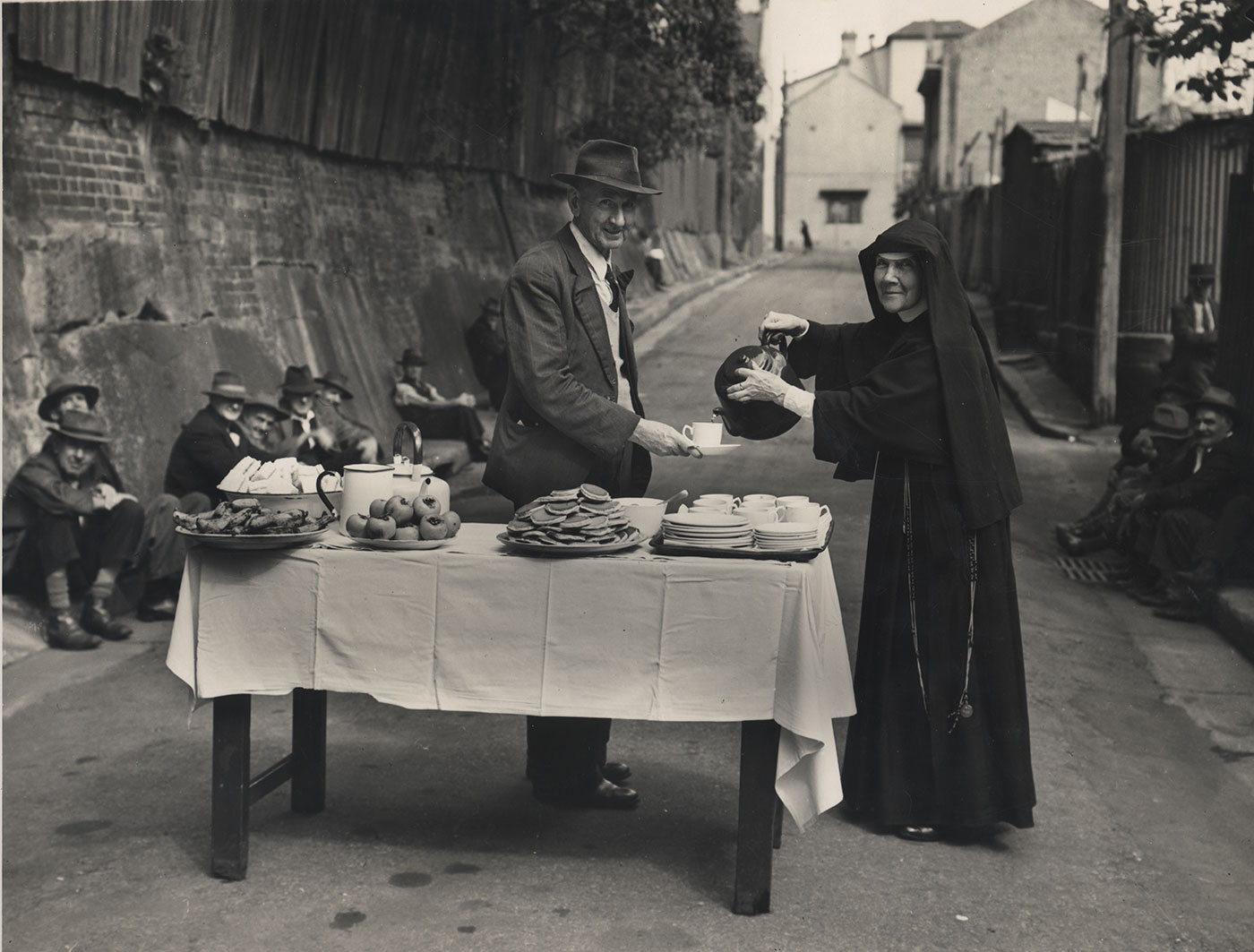Máirtín Ó Fainín, Ambassador of Ireland:
Fáiltím go fonnmhar roimh an taispeántas seo ar na Gaeil san Astráil. I very much welcome this exhibition on the Irish in Australia by the National Museum. It is a tangible and fascinating acknowledgement and tribute to what has been a distinctive and defining contribution by the Irish to the building of the Australian nation. Nowhere in the Irish diaspora have our people so influenced the personality of a nation than here in Australia.
I remember from my first arrival in Australia seeing so many familiar Irish faces looking back at me from the crowd, reflecting the enormous contribution we have made to the gene pool. The Irish came in huge numbers, constituting about 30 per cent of the settlement during the formative first 150 years.
They came as convicts – including the captive patriots of several Irish rebellions and of agrarian dissent – free settlers and refugees from famine and oppression. They were determined to make their way in this lucky land of opportunity and escape from marginalisation in their homeland.
Not always welcomed by an establishment harbouring old country prejudices, the greater number came in at the lower rungs of society and, to their great credit, went on to triumph and advance over the years.
Retaining a residual unease with the Empire and connections with Britain, they grew in confidence and comfort in their adopted land, in tandem with the growth of Australian nationalism and a distinctive Australian identity.
In Australian history the Irish were very much to the fore in opposing injustice and championing freedom and the rights of man. This manifested itself, at times, in violent opposition.
The homesick convict rebellion at Castle Hill in New South Wales in 1804 was essentially the final battle of the great Irish rebellion of 1798.
An equally violent but more substantive event, with enduring consequential reforms, was the rebellion at the Eureka stockade, which involved many nationalities but was Irish-led and comprised largely Irish diggers.
In subsequent years, the Irish demand for fair play under the Southern Cross would be advanced through the trade union movement and the Labor Party, both of which were strongly influenced by Irish Australia.
As one of the Irish who stayed at home to push the boats out to Australia, Britain, the United States, Canada, Argentina and the other diaspora counties that are today home to more than 70 million people of Irish descent, I value highly and acknowledge with pride the continuing links between Ireland and the global Irish family.
Over 2 centuries, the cause of Ireland has had its faithful supporters here in Australia. The major events in the Irish struggle for freedom have had their parallels here.
The 1798 rebels; the Young Ireland intellectuals William Smith O’Brien, John Mitchel and Thomas Francis Meagher; and the Fenians who arrived aboard the Hougoumont were all transported to Australia and went on to form part of the Australian and the Irish stories.
The escapes of Young Irelander John Mitchel, and later of John Boyle O’Reilly and of the military Fenians on the Catalpa, were sweet victories that served to sustain the Irish spirit at home in years of near despair and helped inspire new generations in the renewed struggle for Irish freedom.
The Irish cultural and republican revival of the early 20th century had its strong adherents here, where men like Archbishop Daniel Mannix were real players in the Irish struggle.
Irish-Australian engagement with the Irish national question continues to the present day, with Australia and Irish-Australians having played a key role in the search for peace and reconciliation in modern Ireland.
Today ties of kinship and other links between Ireland and Australia remain vibrant. More than 20,000 Irish backpackers are in Australia at any one time. Even in the days of prosperity in Ireland, the Australian lifestyle, climate and culture continued to tempt Irish immigrants.
A vibrant 2-way tourism and a strong and growing economic relationship further strengthen the ties of kinship between Ireland and Australia.
This exhibition will help rekindle, or reinforce, the sense of Irish heritage in Australians of Irish background. We take great pride in, and inspiration from, the successful contribution our people have made in their adopted lands, not least in Australia, that most Irish of countries.
Andrew Sayers, Director, National Museum of Australia:
Many of Australia’s greatest stories are Irish stories.
The long foundation saga of the transportation of convicts, the Eureka rebellion, the nation-galvanising fate of Robert O’Hara Burke and his companions, the nation-dividing debate over conscription in 1916, the anti-authoritarian strain of the Kelly gang and the civic idealism of Redmond Barry are just a few of the many threads that are a part of our national fabric.
The history of the Irish in Australia is the type of history the National Museum of Australia is ideally placed to tell. One of the Museum’s important roles is to bring the past to life and connect it with the present.
True to this idea, this exhibition doesn’t leave the great story loosely dangling in centuries gone, but brings it right up to today.
To develop an exhibition of this magnitude we have used our network of national and international museum partners to secure the loan of many significant objects and the Museum is grateful to them all.
I would like to thank all of the individuals, associations, museums, libraries and archives who have generously lent prized collection items for this exhibition.
I would also like to acknowledge the enthusiastic support we have had from the Ambassador of Ireland, His Excellency Máirtín Ó Fainín, and his staff at the Embassy of Ireland, and the Australian Irish community far and wide.
The exhibition and the publication of the Not Just Ned exhibition catalogue goes a long way towards fulfilling a need in the community.
It recounts the areas of national life in which Irish Australians have been significant and links these areas of activity to people and objects. It also provides a lasting record of an important exhibition that throws light on this essential dimension of our nationhood.
You may also like



